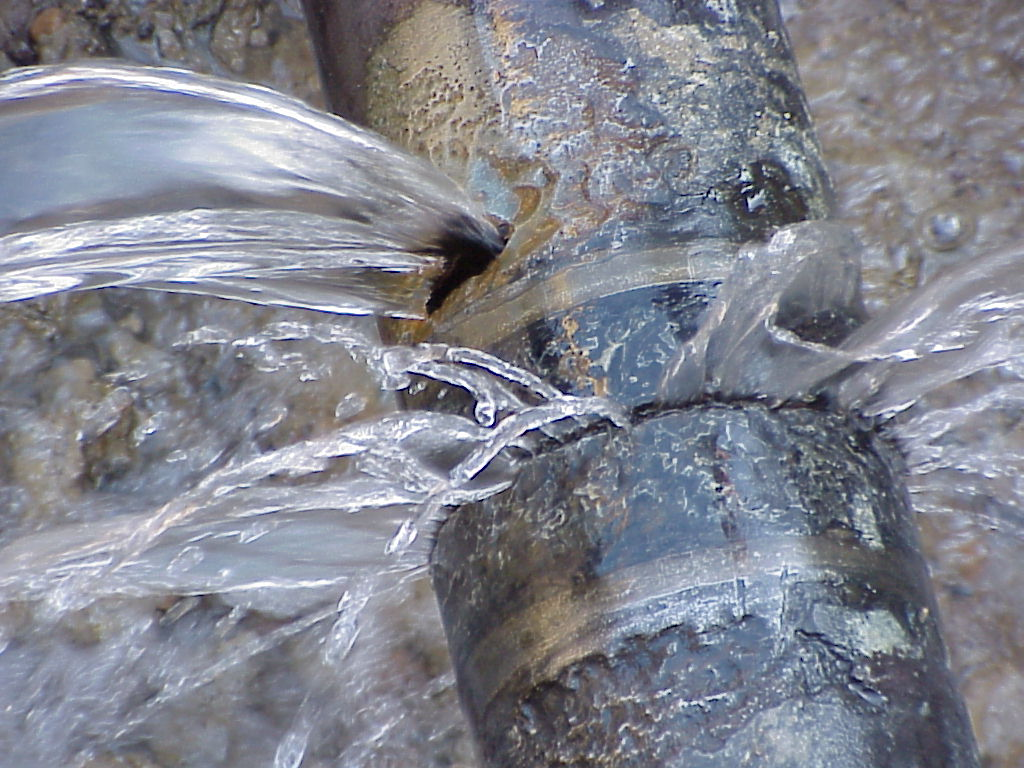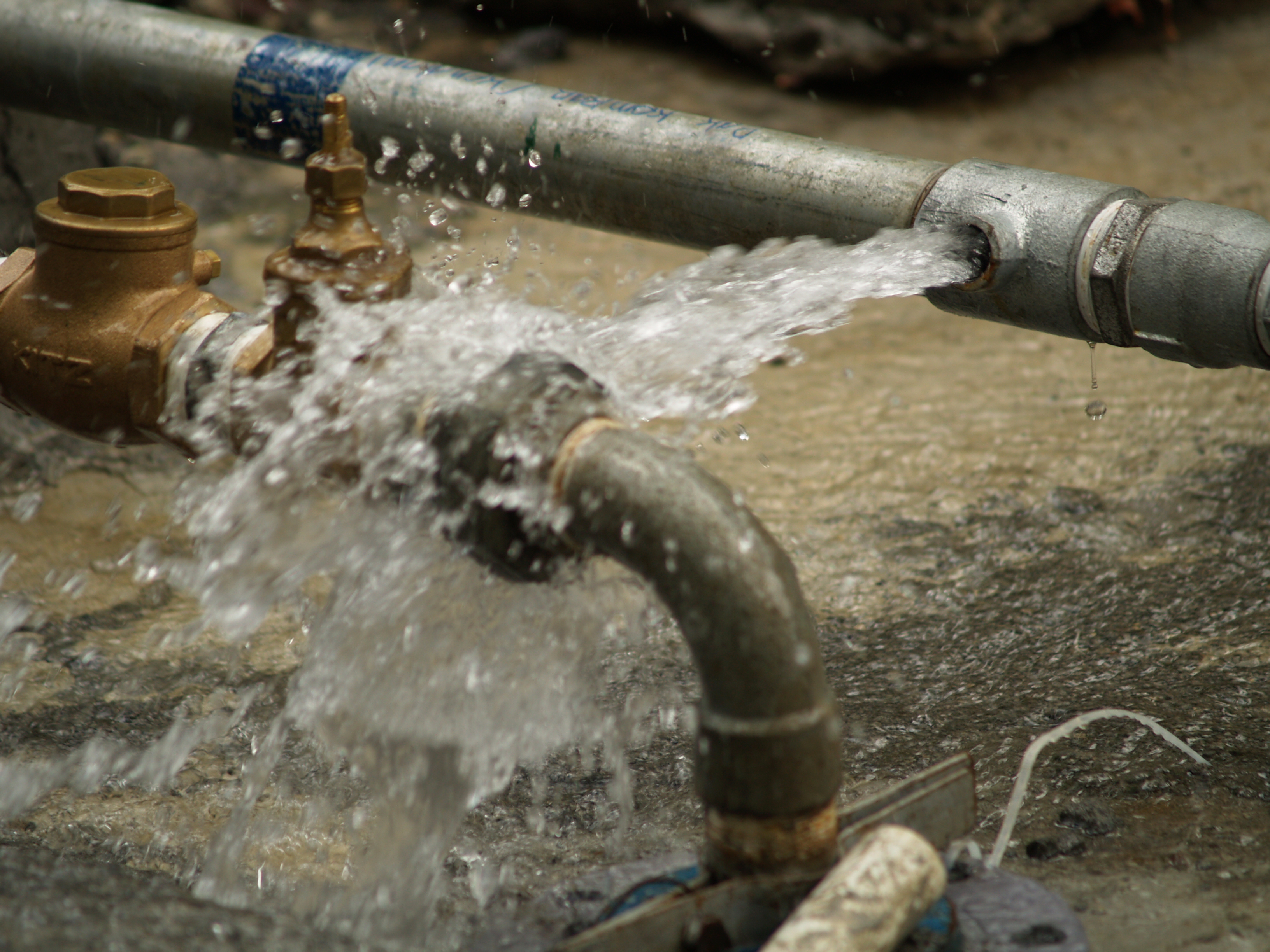Quick Overview: Identifying as well as Repairing Ruptured Pipes in your house
Quick Overview: Identifying as well as Repairing Ruptured Pipes in your house
Blog Article
What're your beliefs about How to Install and Connect a New Dishwasher?

A burst pipeline is a significant emergency; you can just stand as you view water you pay very much to rejoin with the planet. In worse cases, you discover a pool on your kitchen area flooring, which is a great trip risk, specifically if you have youngsters around. If the pipeline that ruptured was in your walls, problem: you may need to repaint that whole area.
Just how can a calamity like a ruptured pipeline be prevented and managed? Well, by listening to your professional emergency plumbings as well as complying with these guidelines.
Exactly how do I know when my pipes have ruptured?
Rising and fall water stress
Pipelines do not just burst in a day. You may have discovered that your kitchen area faucet or shower does not run immediately when you turn the faucet. It may stop briefly for a couple of secs and afterwards blast you with even more pressure than common.
In various other instances, the water may seem normal initially, then drop in pressure after a few secs.
Damp wall surfaces and also water spots
Prior to a pipe bursts, it will leak, most times. If this consistent leaking goes unnoticed, the leak may finish right into a large tear in your pipeline. One simple way to avoid this emergency is to look out for damp wall surfaces advertisement water spots. These water stains will lead you right to the leakage.
Puddles under pipelines as well as sinks
When a pipe bursts, the discharge creates a puddle. It may show up that the pool is growing in size, and despite how many times you mop the pool, in a couple of minutes, there's another one waiting to be cleansed. Commonly, you might not be able to map the pool to any type of visible pipes. This is an indication to call a specialist plumber.
Untraceable leaking noises
Pipeline ruptureds can happen in the most undesirable locations, like within concrete, inside walls, or under sinks. When your house goes silent, you may have the ability to hear an annoyingly relentless leaking noise. Also after you've checked your shower head and also kitchen area tap, the trickling may continue.
Beloved visitor, the trickling might be coming from a pipeline inside your walls. There isn't much you can do concerning that, other than tell a specialist plumber.
Turn off the Water
When water ices up, it broadens in volume by regarding 9 percent. And it increases with remarkable pressure: The pressure inside pipelines may go from 40 extra pounds per square inch to 40,000 psi! No pipe can hold that much pressure, so it bursts. The break may happen where the ice forms, yet more often, it takes place where water pressure locates a vulnerable point in the pipeline. That may be inches or perhaps feet from the frozen location. Find the water shutoff valve and also turn off the water to avoid more damages. You could likewise require to shut off the power also, relying on where the leaks happens and exactly how large it is.
Polluted water
Many individuals assume a ruptured pipeline is a one-way outlet. Fairly the contrary. As water flows out of the hole or tear in your plumbing system, contaminants discover their method.
Your water may be polluted from the resource, so if you can, check if your water storage tank has any kind of problems. Nevertheless, if your alcohol consumption water is supplied as well as detoxified by the city government, you ought to call your plumber quickly if you see or smell anything funny in your water.
What do I do when I identify a ruptured pipe?
Your water meter will remain to run also while your water wastes. To minimize your losses, discover the major controls and turn the supply off. The water mains are an above-ground framework beside your residential or commercial property.
How to Fix & Detect a Leaking Pipe
How Do I Know if a Pipe is Leaking?
Leak detection tests can help you determine if your pipe has a leak. Even if you don’t see an apparent leak, you should still conduct leak detection tests regularly to save water and money—and prevent major damage to your home.
Water meter. It can be helpful to figure out what your usual water meter usage numbers are and then monitor them regularly. To monitor your meter, first, turn off all water faucets in your home. Check the meter and write down the numbers. In a few hours, check the meter again. If the numbers have changed, you have a leak. Water gauge. Use a water gauge to test your water pressure. Your showerhead should produce a certain amount of water pressure based on its model and design. If the pressure is lower than it is supposed to be for that specific showerhead, your home likely has a leak. Puddles. Look inside your bathroom, laundry, and kitchen sink cabinets. Puddles around the cabinets or around toilets, tubs, showers, and washing machines indicate the presence of a leaking pipe. You may also notice loose tiles, peeling or flaking paint, or mold caused by water accumulation. Napkin test. Even if you don’t see any puddles, you may still have a leak. You can test for water leaks in the bathroom, laundry, and kitchen by wiping below-sink connections with a napkin, paper towel, or piece of toilet paper. If it becomes damp, you probably have a leaking pipe under the sink. Discolored walls. Walls that are discolored—usually with brown or yellow stains—or bulging might mean that they have been impacted by water damage caused by a leaking pipe. Smell. A leaky pipe will create sitting water, and over time, that water may develop a musty smell. If your home smells musty, but you can’t locate the source, it may be due to a leak. Steps for Fixing a Leaking Pipe
A leaky drain can be remedied by tightening the pipe base, replacing the drain seal, caulking the rim, and tightening the pipe nut. Similarly, a leaking toilet pipe can be treated by tightening the packing nut. You may also need to replace the valve. A leaky faucet may just need tightening or replacement of the washers. If that doesn’t work, consider replacing your faucet. If your pipe has a hole in it, you may want to use a pipe leak sealer or pipe leak tape. This quick fix for water pipe leaks can also temporarily fix a copper pipe leak. https://www.ahs.com/home-matters/quick-tips/how-to-tell-if-pipes-are-leaking/

I'm very eager about What to Know Before Installing a Dishwasher and I'm hoping you liked the entire blog post. Sharing is good. Helping others is fun. Thank you for taking the time to read it.
Book With Us Today!
Report this page